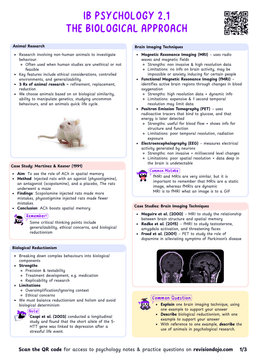What Is Hydrolysis?
Hydrolysis
Hydrolysis is a chemical reaction where water ($H_2O$) breaks down a compound.
- A water molecule splits into –H and –OH.
- These fragments attach to the exposed ends where the bond was broken, preventing the monomers from reconnecting.
- Hydrolysis of a Disaccharide Take sucrose, a common sugar found in many foods.
- It’s a disaccharide made of two monosaccharides: glucose and fructose.
- During hydrolysis, a water molecule is added, breaking the bond between glucose and fructose.
- The $(-H)$ from water attaches to the glucose, while the $(-OH)$ attaches to the fructose.
- This reaction is facilitated by the enzyme sucrase.
The Role of Hydrolysis in Digestion
Hydrolysis is vital for breaking down large macromolecules (polymers) into smaller monomers that the body can absorb.
- Polysaccharides → Monosaccharides
- Starch or glycogen (long chains of glucose) are hydrolyzed by enzymes (e.g., amylase, maltase).
- Glycosidic bonds are broken, releasing glucose units.
- Polypeptides → Amino Acids
- Proteins (chains of amino acids linked by peptide bonds) are digested by pepsin, trypsin, etc.
- Each bond is cleaved by adding water, yielding free amino acids.
- Nucleic Acids → Nucleotides
- DNA and RNA (linked by phosphodiester bonds) are broken down by nucleases.
- The result is nucleotide monomers (building blocks of genetic material).

- For example, starch is first hydrolyzed into maltose (a disaccharide) by amylase.
- Maltose is then further hydrolyzed into glucose by maltase, making it available for absorption in the small intestine.
Why Is Water Essential?
- Splitting H₂O: The –H and –OH derived from water block the ends of newly formed monomers, stabilizing them.
- Preventing Rebonding: These newly attached groups stop the monomers from re-polymerizing.



